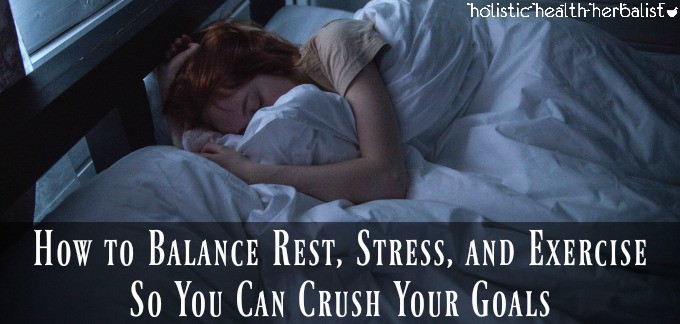
It can be overwhelming to sift through what’s true, what isn’t, what actually works, and what is actually sustainable. I can’t tell you how many times I myself and others I know have failed following the next new protocol that promises results only to end up yo-yoing back to square one.
The thing is, we as humans need balance in our lives in order to stay on track in reaching our goals. We need balance in our nutrition, stress levels both mentally and physically, how we manage those stressors, and most importantly, how much quality sleep we get on a nightly basis.
For most people nowadays, what with all of the demands of modern life, physical and mental stress far outweighs any effort we’ve put into proper recovery.
That means that the demanding jobs we have, the toxic people in our lives, intense workout routines, and the myriad psychological stressors we encounter on a daily basis negatively impact how well we bounce back. This leaves us utterly unbalanced because we are trying to meet the perceived obligations we have at home, among friends, at school, and in the workplace.
We do these things until we are completely burned out and end up with adrenal fatigue and other related health conditions.
Of course, it is really important to eat healthy, manage stress, and engage in daily activity. The key is doing it in such a way that it is totally sustainable and allows for max recovery so that you can crush your goals without burning out.
How to Balance Rest, Stress, and Exercise So You Can Crush Your Goals
So, how do we achieve balance? How do we keep our physical and mental load from outweighing recovery?
- Exercise
Other than eating a healthy diet, getting in meaningful daily movement is key to good and balanced health. Even just getting in a few days a week of physical activity is known to improve insulin resistance, depression, anxiety, mood swings, cognitive function, and cardiovascular health not to mention keeping our bones dense and strong.
This means getting out there and hitting the gym, going hiking, running, swimming, whatever it may be, you should find a physical activity that you can do at least 20 minutes per day 3-5 times a week that is enjoyable for you to do.
And yes, even exercises like heavy lifting, CrossFit, and HIIT are good to do as well, just not to the point of causing more harm than good like not fueling your body or being mindful of your limits. We’re shooting for balance here!
Not only will exercise help you release some of that mental load, but it will also help strengthen you physically and can even improve your quality of sleep. I know that on days when I work out, I definitely sleep more deeply and feel more refreshed when I wake up the next day.
It is also extremely important to get up and move around every 20 minutes or so if you have a desk job, a job that keeps you in a stationary place (like cashiering), or lead a sedentary lifestyle. Not doing so will actually completely negate any physical activity you do.
I know it sounds a bit crazy, but there have been multiple studies showing how sitting is detrimental to our health and that hitting the gym doesn’t deflect the risks. You must get in a few minutes of physical movement (like walking around) every hour of sitting down in addition to your balanced workout routine.
Doing this will help key in those health benefits while also improving stress relief and overall sleep quality.
And lastly, if you already have or are able to build up to a good workout routine, make sure to get in those rest days so that your body has time to repair, recover, and restore itself.
The body needs 1-2 days per week for rest. That means taking it easy and only engaging in gentle recovery activities like walking and stretching on those days.
Not giving your body the rest it needs can eventually lead to burnout. It’s all about balance!
- Sleep
I cannot stress enough the importance of quality sleep for alleviating both our mental and physical load. It is the ultimate cornerstone of radiant health because, without enough of it, you simply cannot reach your health goals. We cannot recover from mental, physical, or emotional stress on low quality sleep.
Even the various stages of sleep play a key role in recovery so it’s also important to know if you are getting a balanced ratio of each stage.
Below, I briefly describe each sleep stage and how it affects both mental and physical recovery.
The Stages of Sleep and How They Impact Recovery
The average sleep cycle is 90 minutes in length and is repeated about 4-5 times per night in healthy adults.
Stage One
Stage one of the sleep cycle is referred to as the non-REM pre-sleep stage which comprises 5-10% of total sleep in adults.
This is the time where you are drifting off to sleep and is also considered to be the transition stage between being awake and falling asleep. During this brief stage, your breathing begins to slow, your temperature drops, and your eyes will begin to move slowly from side to side as you fall asleep. It is a very short (about 5 minutes) and very easily disturbed stage in your sleep cycle and is often when many people experience that sudden feeling of falling.
As you can imagine, this stage is very important, yet many struggle with it.
For those who have trouble falling asleep, it’s key to determine WHY that is. Are you experiencing circulating thoughts? Are you not feeling sleepy at all? Are you feeling wired but tired?
Finding and working on the root cause can help you fall asleep more easily.
One of my favorite supplements to use for general sleeplessness is Natural Calm. It is a tasty powdered form of magnesium that you use to make a fizzy drink in the evenings. It helps encourage restful sleep, relieves daily stress, and helps you feel calm before bedtime.
Other factors to consider include:
- Does your mind not “shut off”?
- EMFs from the electronics in your room
- Medical reasons (like sleep apnea)
- Noise levels
- The light your eyes are exposed to before sleep (blue light keeps your brain awake!)
- The quality of the lighting in your room (do you need some light or total darkness)
- The temperature in your room at night
- Your mattress
- Your pre-sleep routine (is it relaxing?)
- Your sleep situation (does your significant other snore?)
Improving any of the above can help you fall asleep and stay asleep more easily.
Stage Two
Stage two is known as the Non-REM light sleep stage and makes up 45-55% of total sleep in adults.
This second stage lasts about 10-25 minutes and is where our brains process and synthesize all of the information it received that day. During this time, the brain waves slow and then spike periodically as memory consolidation takes place.
I think it’s pretty evident that this stage of sleep is incredibly important for cognitive retention!
The average adult will spend their repeated sleep cycles in stage 2 more than any other stages.
Stage Three
Stage three (also known as Non-REM slow wave sleep, or deep sleep) is where sleep quality and quantity really start to affect our health. In this stage, the brain begins to “shut down” for sleep and the remaining active neurons in the brain begin to fire off in synchronized patterns that ultimately create and almost exclusively produce extremely slow brain waves called delta waves.
During this stage, we enter the most restorative period of the sleep cycle. Blood pressure drops 20-30%, our breathing becomes slower, the muscles are relaxed and non-responsive, blood supply increases to the muscles, tissue growth and repair occurs, our energy levels are restored, and hormones are released. There is no eye movement and the brain is much less responsive to external factors.
It is one of the most critical stages of sleep that the body needs for recovery and repair. Even our immune systems rely heavily on deep sleep in order to go out and scour the body for threats and to monitor inflammation.
When you have exerted yourself physically or are sleep deprived, the body will hasten the earlier stages of sleep so that it can spend more time in restorative deep sleep in order to repair muscle tissue and refill our energy for the next day.
Adults typically spend about 20% of there sleep cycle in this stage though that declines with age. Children and young adults spend the most time in deep sleep since it is the most critical time for the body to release growth hormone and focus on developing tissues.
Waking up during this stage is very jarring on the body and results in you feeling extremely groggy. This is why I prefer to use a daylight alarm clock in order to avoid being jolted awake.
You can find my favorite daylight alarm clock here.
If you find that you have a short deep sleep cycle, you may want to:
- Avoid caffeine several hours before bed. For some, that means no caffeine after 1-3PM
- Avoid large meals before bed
- Create a relaxing bedtime routine that helps your body wind down
- Getting enough daily physical activity in order to encourage the body to enter deep sleep
- Keeping your room cool at night
- Reduce stress before bedtime (essential oils are very helpful!)
Stage Four
Stage four of sleep is referred to as REM where brain activity is high and erratic as if you were awake. Breathing becomes more rapid, the eyes move, blood pressure rises, heart rate increases and the muscles are paralyzed so that you don’t act out your dreams (though many still do like sleepwalkers).
This is the stage where most dreams occur and are believed to be important for memory retention and cognitive function, general daytime performance, and helps lower the body’s stress response.
This is really important for those who suffer from a heavy mental load and are highly susceptible to stress. Although this stage will help reduce typical daily stress, having an overload of day to day stress may actually shorten this stage of sleep.
The average adult will spend 1-2 hours in REM sleep per sleep cycle but if your REM cycles are shorter, consider adding more physical activity in your day or work on lowering overall stress levels.
- Stress
Speaking of stress, just like sleep, stress affects our bodies on multiple levels both mentally and physically, but more so mentally than anything else.
In this day and age, stress tends to build up over time forming into a chronic condition that affects every aspect of our lives in a negative way. The constant “fight or flight” hormones fill us with tension and anxiety as the body overproduces cortisol and adrenaline in an attempt to keep your body ready for daily “perceived threats”.
This constant onslaught is detrimental to our health and can contribute to the development of adrenal burnout, poor sleep quality and quantity, impaired immunity, insulin resistance, weight gain, increased appetite for unhealthy foods, and much more.
Stress also reduces athletic performance and reduces the body’s ability to fully recover from exercise.
So, as you can see, balancing exercise, sleep, and stress levels are important for sustaining vibrant health and they are ALL interlinked with one another.
But, how do we figure it all out? How do we know that we are getting the right balance between these three things?
The Oura Ring – Bringing Insight and Balance
Thankfully, the technology we have today has allowed for the development of one of my favorite products, the Oura Ring.
This little smart ring is packed with innovative technology that takes away all the guesswork when it comes to questions like:
- Am I getting enough sleep?
- Am I getting enough sleep in specific sleep stages?
- Is my body recovered?
- How much exercise should I do today?
- Am I moving enough on an hourly basis?
- Is my HRV in within a healthy range?
These are just a few important factors to determine, but actually hard to figure out. For one, everybody is different, and two, knowing the answers to these questions is a bit more complicated especially when trying to pinpoint your HRV or time spent in each sleep cycle.
The Oura Ring takes away all the guesswork and gives detailed insight and accurate information on the following:
- Bedtime guidance based on your unique routine and daily rhythm
- Sleep quality measurements
- Tracks your sleep cycle – the amount of Deep, REM, light sleep, and even wakeful periods during the night
- Your sleep trends and what affects them
- Recovery Optimization that lets you know when to recharge or push for peak performance
- Resting heart rate which is one of the key factors in determining recovery
- Heart Rate Variability (HRV) – This is the variability from second to second that helps determine physical and the effect of mental strain on your health. Having higher variability indicates more balanced physical activity and rest while decreased variability indicate a red flag when it comes to balancing rest, exercise, and stress.
- Body temperature trends – variations can indicate the need to rest, the menstrual cycle, or impending illness like a cold
- Respiratory rate
- Daily activity goal based on your quality of sleep and the status of your recovery
- Steps and calories burned
- Inactivity alerts
- Activity balance – helps you achieve your goals by balancing workouts and recovery
Oura Ring compiles all of this information into an app on your phone that gives you personalized guidance by tracking your long-term data regarding sleep, recovery, and physical activity.
How does it do this?
The Oura Ring uses an NTC body temperature sensor that reads your temperature every minute while you sleep and compares it to values from previous nights. This helps the ring determine your baseline body temperature and variations from that baseline.
Oura Ring also uses infrared LEDs that use invisible far infrared technology to measure your blood volume pulse directly from the palmar arteries on the finger. This is far more accurate than other pulse monitoring devices you find in common fitness tracking devices.
The ring also has a 3D accelerometer and gyroscope that detects the amplitude and intensity of bodily movement which allows it to recognize and track your daily activity and inactivity during the day.
All of these factors are what make Oura Ring such an amazing piece of technology when it comes to balancing rest and physical activity but actually knowing WHAT is in or out of balance.
If you are interested in picking one up for yourself you can check out the Oura Ring website here.
I have personally really loved wearing mine for the past 4 months. It’s comfortable, stylish, and probably one of my favorite little health devices in my arsenal.
I wake up, check the app, and plan my day accordingly. If the ring says I need a day of rest because I haven’t recovered well, then I take it easy. If the ring says I’m ready to challenge myself, I will get in a good workout that really makes me break a sweat that day.
Overall, I have enjoyed using it and can see myself letting go of my other fitness tracker once it kicks the bucket.
Have you ever tried Oura Ring?
What have been your favorite and most effective ways of balancing rest and physical activity? How about managing stress? Please share in the comments below!
You may also enjoy reading:
The Power of Red Light Therapy – The Vital Nutrient Your Body is Missing
12 Amazing Healing Benefits of Far Infrared Mats
CBD Oil Benefits – What You Need to Know!
3 Reasons to Use Essential oils for Exercise Support!
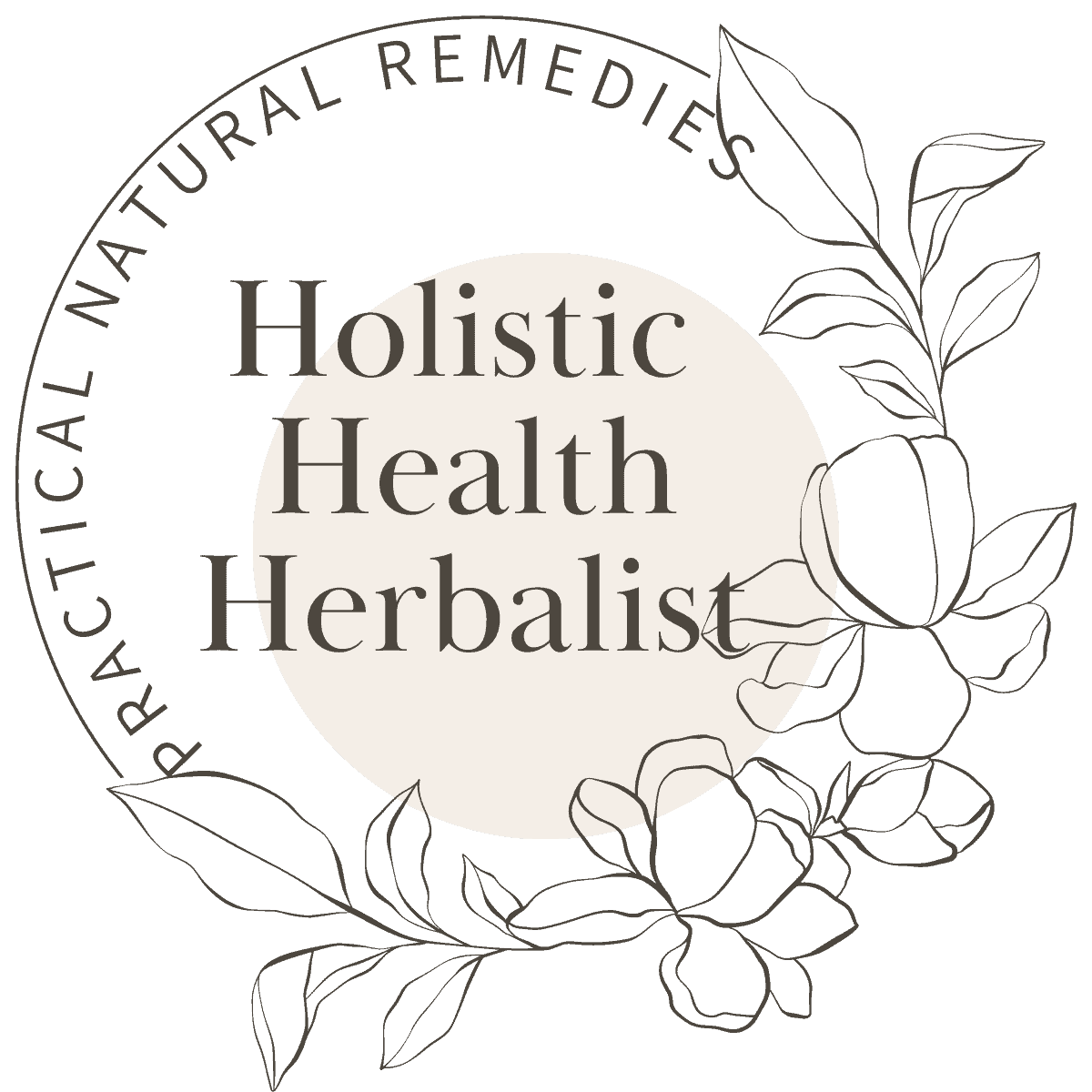


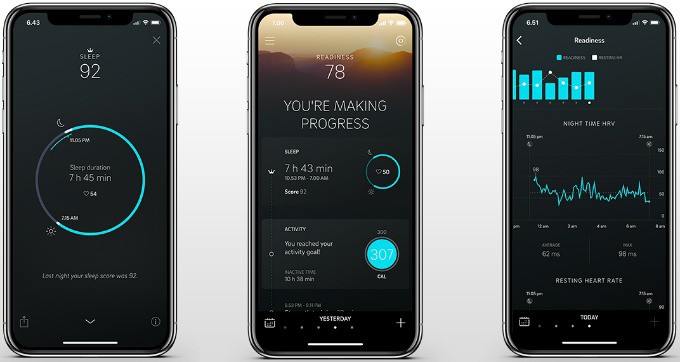
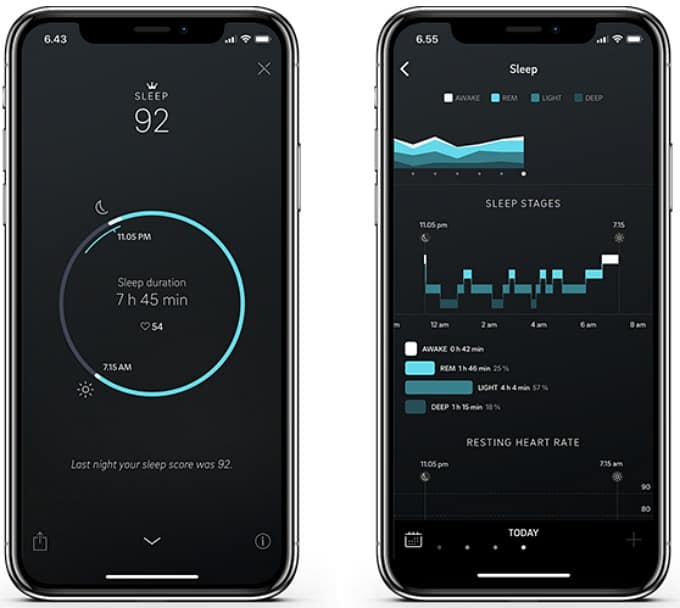
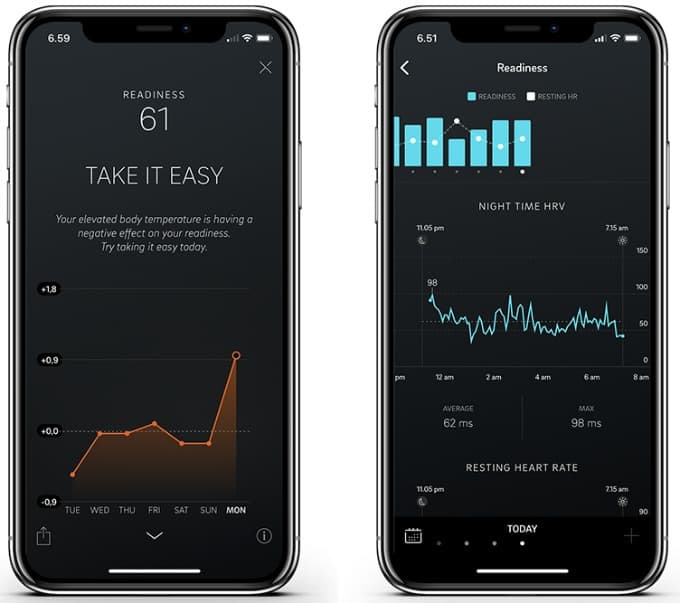
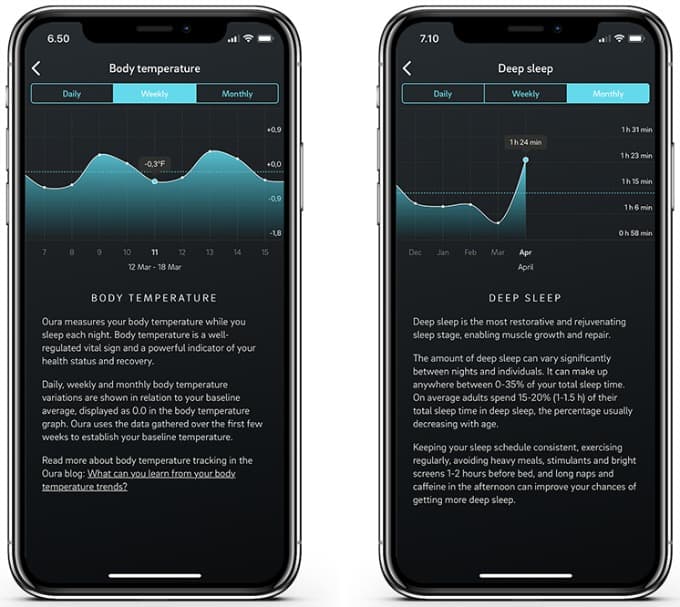
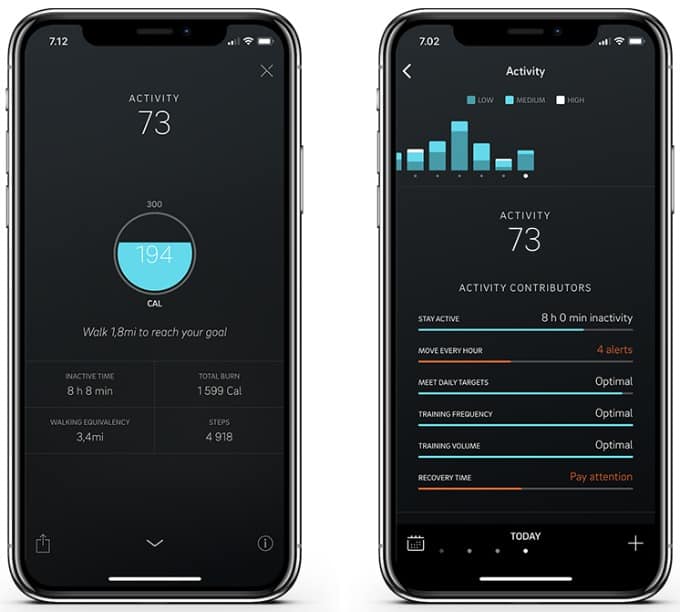

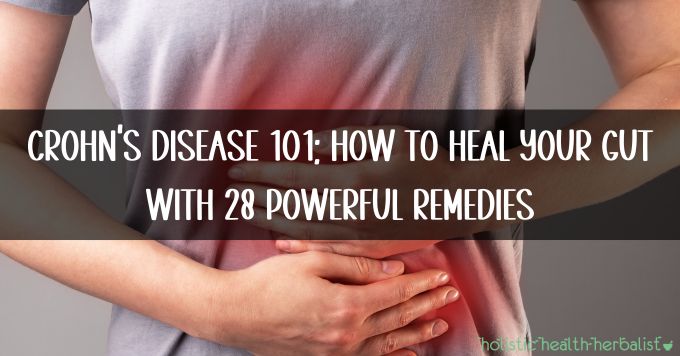


Leave a Reply